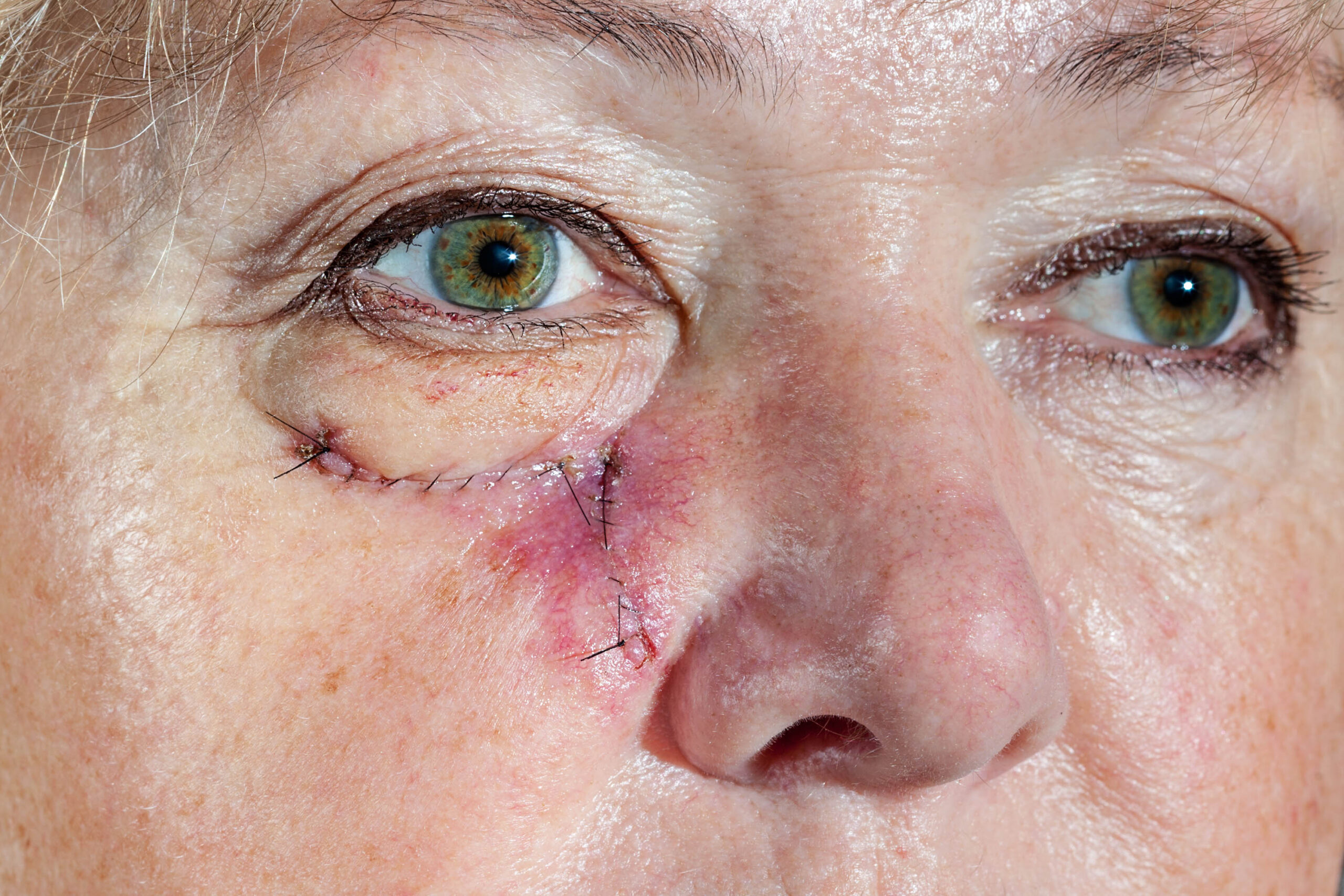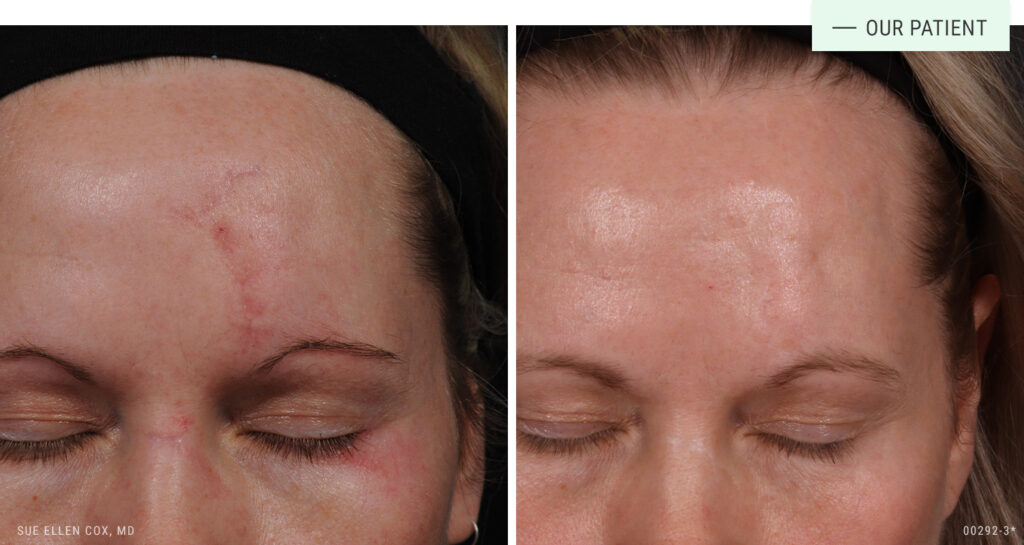Reducing the Appearance of a MOHs Scar: How to Improve Healing and Reduce Scarring

How Can I Minimize Scarring After MOHs?
Proper post operative instructions can set the stage for optimal healing and a more cosmetically pleasing end result. Protecting MOHS scars from harmful UV rays is crucial in the early stages. Use mineral-based sunscreen with an SPF of 30 or higher and wear sun-protective clothing whenever possible. In some instances, your surgeon may recommend silicone scar sheets or creams after the area has fully closed and healed. A consultation with a cosmetic dermatologist early on will jumpstart your treatment plan. Typically, the sooner you begin treating a scar the better it will respond.
Do Some Areas Scar Worse Than Others
Yes, different areas of the body heal at different rates, and the appearance of scars can vary based on the type and thickness of the skin in the area affected. For example, a scar on the face may look quite different from one on the leg, even if they result from the same injury. Other factors—such as age, genetic predisposition to scarring, skin tone, and the nature of the injury itself—also influence how a scar will heal and how it will ultimately look. Because some MOHs scars go very deep into the skin, scarring may be more prevalent.
How Soon Should I Consider Cosmetic Treatments?
Every individual’s healing process is unique, but typically, six weeks after suture removal is a good time to start addressing a MOHs scar. This allows the initial healing phase to pass while still providing ample time for treatment options.
Scar Reduction vs Scar Revision – What Are the Differences?
While both scar reduction and scar revision aim to improve the appearance of a scar, they differ in approach:
- Scar Revision: Performed by a plastic surgeon, this procedure involves surgically excising the scar tissue to create a more cosmetically pleasing scar. The goal is to make the new scar less noticeable, often by realigning the skin or reorienting the scar’s position.
- Scar Reduction: This refers to non-surgical treatments such as laser therapy and other modalities aimed at improving the color, texture, and overall appearance of the existing scar. The goal is to blend the scar with the surrounding skin so it becomes less prominent.

What Cosmetic Treatments Work Best for MOHs Scars?
Several treatments can help improve the appearance of Mohs scars, and often a combination of methods yields the best results. We find some of the most effective options are:
- V-Beam Laser: Ideal for reducing the red or purple discoloration that commonly appears in scars.
- CO2 Laser, Fraxel, or Microneedling: These treatments are designed to improve the texture of the scar and promote collagen stimulation, allowing the scar to blend more naturally with the surrounding skin.
- Hyaluronic Acid Fillers: These can be used to support a depressed scar by filling in areas beneath the surface.
- Kenalog: This corticosteroid injection helps flatten raised, thickened scars.
If you are interested in reducing the appearance of a MOHs Scar in the Raleigh, Durham, or Chapel Hill area, contact our office for more information on treatment.
